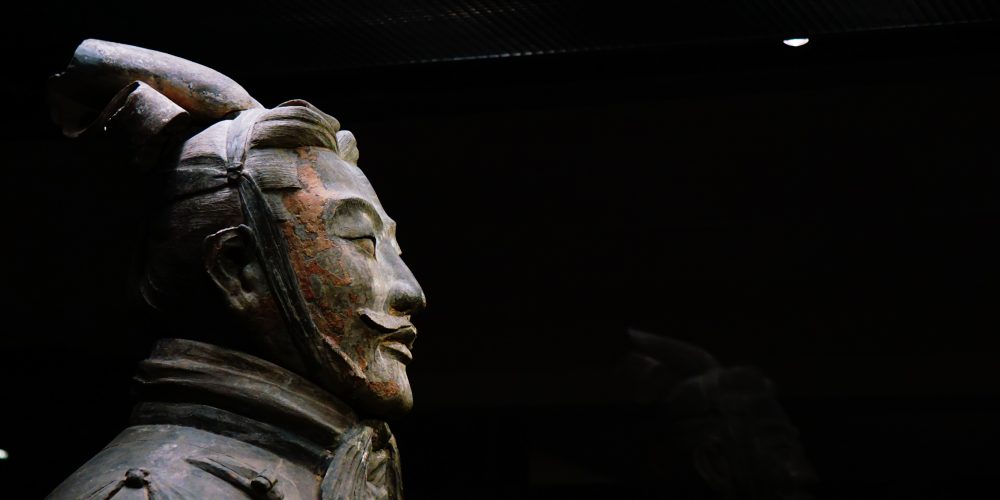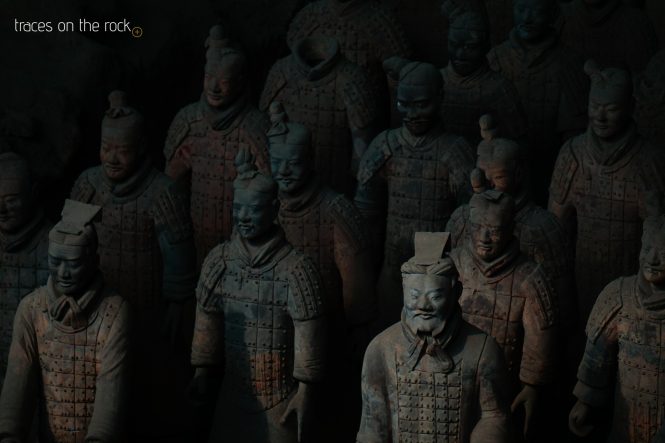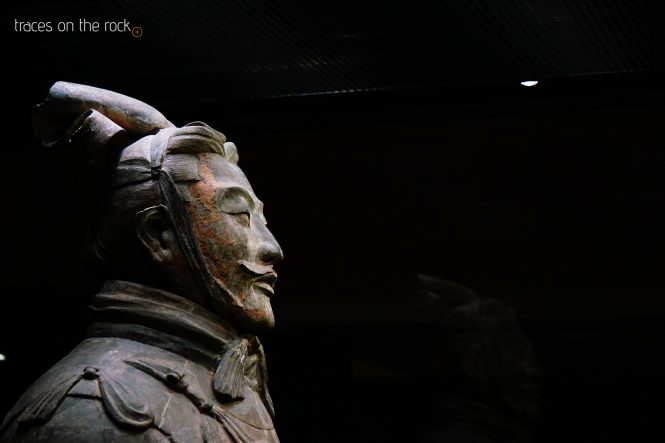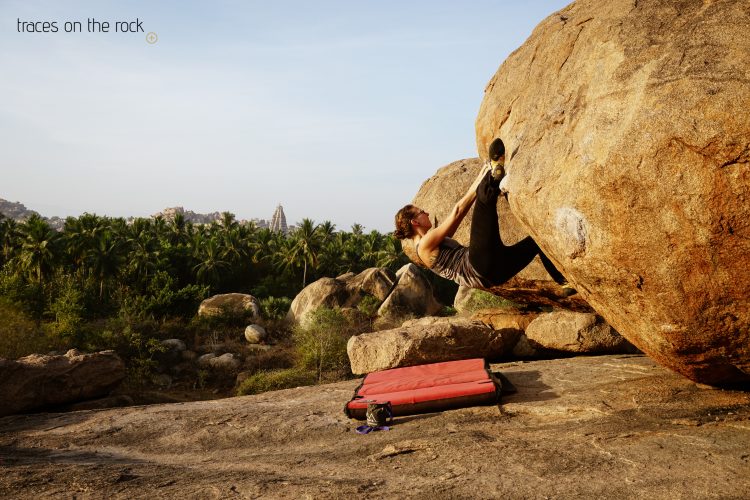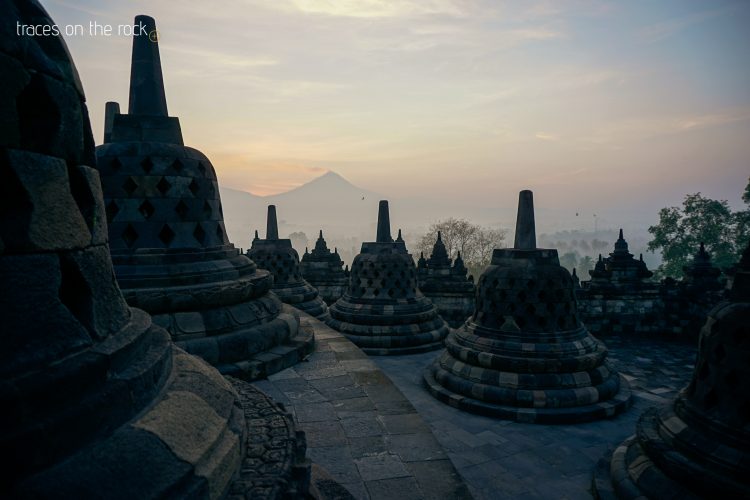Since I was the first time in China six years ago, a lot has changed. The population has grown in 5 years by more than 31 million to 1.37 billion (2016). These people must be nourished. But the farmers have to struggle with the fact that arable land is taken away for construction projects of various kinds. The state is tirelessly modernizing the road and rail network. The economy is flourishing and needs more and more space for production, labor and sales. Last but not least, the population demands new housing. However, while I traveled China, I saw that a lot of the new residential and business facilities are empty or far beyond completion. Ghost towns like Kangbashi are common, which have been designed on a drawing board. Where do all the potential tenants and owners remain? Tom told me that the price of his apartment in Nanjing had increased a lot since he lived in China. Economists expect a bursting of a real estate bubble soon.
The loss of arable land through construction projects, landslides, leached soils or natural catastrophes leads to a growing food shortage. The population makes use of every square meter of free space, but many farmers complain about too little fertile ground. According to the National Bureau of Statistics, China has about 15.8 million square kilometres of agricultural land (about five times the area of Germany). The total area for arable farming has doubled in the past 10 years, but the population has also grown by more than 48 million people. Already, China imports tons of grain, rice, animal products and other food. In addition, it attracts a large part of the rural population into the cities. Especially the young generation sees their future in the urban areas. The old ones are left behind. This cannot be without consequence. Fewer farmers have to produce more food. In addition, there is an aging among the farmers. According to estimates, around 277 million migrant workers (including former farmers) existed in China in 2015. A lot of them work in the construction now.
A large part of China is hilly or mountainous and the farmers have to manually work the fields. Agricultural machines such as tractors are too large or unsuitable for the small or terrace-shaped farmland. Throughout China I see areas of cultivation which are more reminiscent of vegetable beds in the local shrubs, which are laid on the brink of roads or rails, under bridges or next to construction sites. Urban gardening has a whole new dimension in the cities. Drainpipes or cut-open plastic bottles are converted to cultivate cabbage or salad. The Chinese’s ingenuity for planting has no limits. I will surely do some of this myself.

